#grandduchessmaria






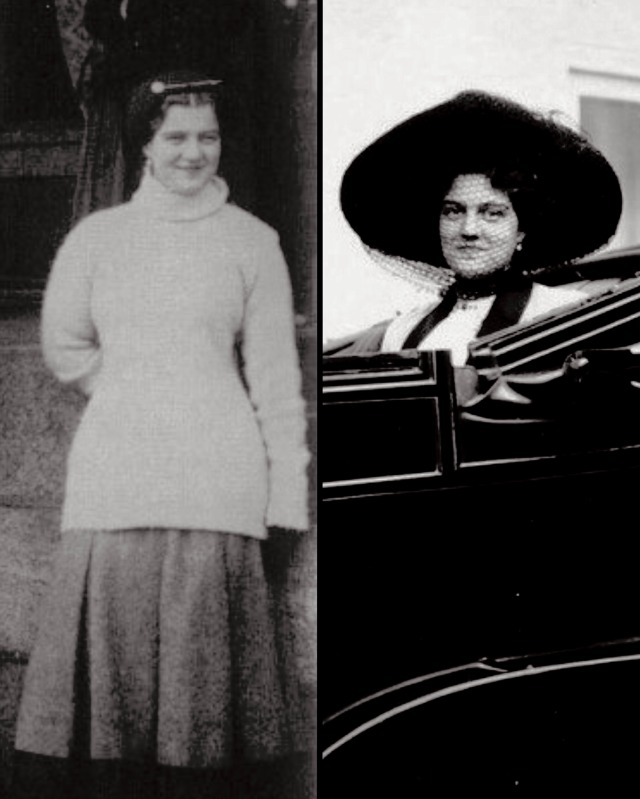
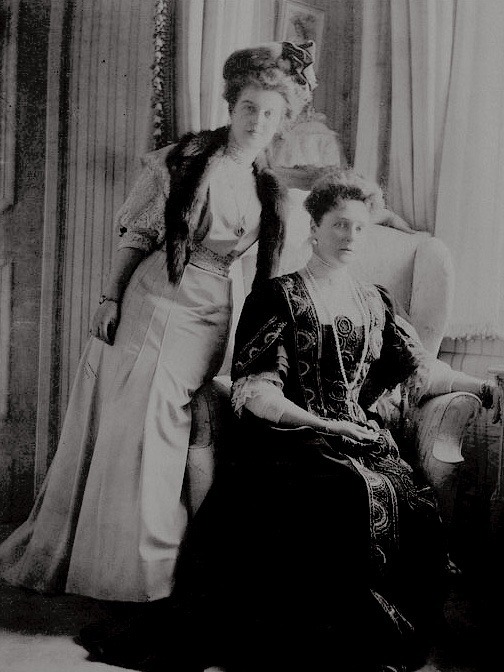

- Another Maria -
Grand Duchess Maria Pavlovna of Russia, known as Maria Pavlovna the Younger, was a granddaughter of Alexander II of Russia. She was a paternal first cousin of Nicholas II and maternal first cousin of Prince Philip, Duke of Edinburgh (consort of Elizabeth II).
Her early life was marked by the death of her mother and her father’s banishment from Russia when he remarried a commoner in 1902. Grand Duchess Maria and her younger brother Dmitri, to whom she remained very close throughout her life, were raised in Moscow by their paternal uncle Grand Duke Sergei Alexandrovich and his wife Grand Duchess Elizabeth Feodorovna of Russia, a granddaughter of Queen Victoria.
In 1908, Maria Pavlovna married Prince Wilhelm, Duke of Södermanland. The couple had only one son, Prince Lennart, Duke of Småland later Count Bernadotte af Wisborg. The marriage was unhappy and ended in divorce in 1914. During World War I, Grand Duchess Maria Pavlovna served as a nurse until the fall of the Russian monarchy in February 1917. In September 1917, during the period of the Russian Provisional Government, she married Prince Sergei Putyatin. They had one son, Prince Roman Sergeievich Putyatin, who died in infancy. The couple escaped revolutionary Russia through Ukraine in July 1918.
In exile, Grand Duchess Maria Pavlovna lived briefly in Bucharest and London before she settled in Paris in 1920. In the 1920s, she opened Kitmir, an embroidering fashion atelier that achieved some level of success. In 1923, she divorced her second husband and after selling Kitmir in 1928, she emigrated to the United States. While living in New York City, she published two books of memoirs: The Education of a Princess (1930), and A Princess in Exile (1932).
In 1942, Grand Duchess Maria Pavlovna moved to Argentina where she spent the years of World War II. She returned permanently to Europe in 1949. She died in Konstanz, Germany, in 1958.



OTMA - 1903

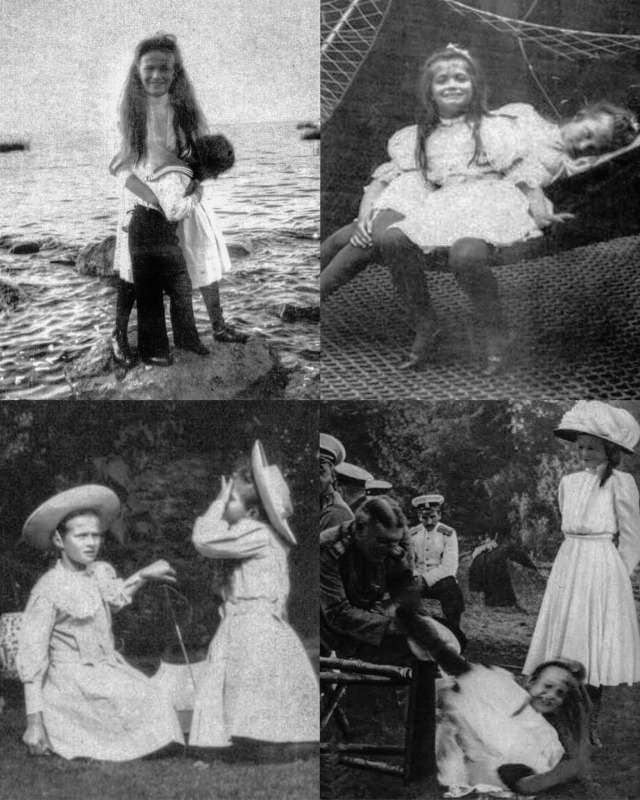







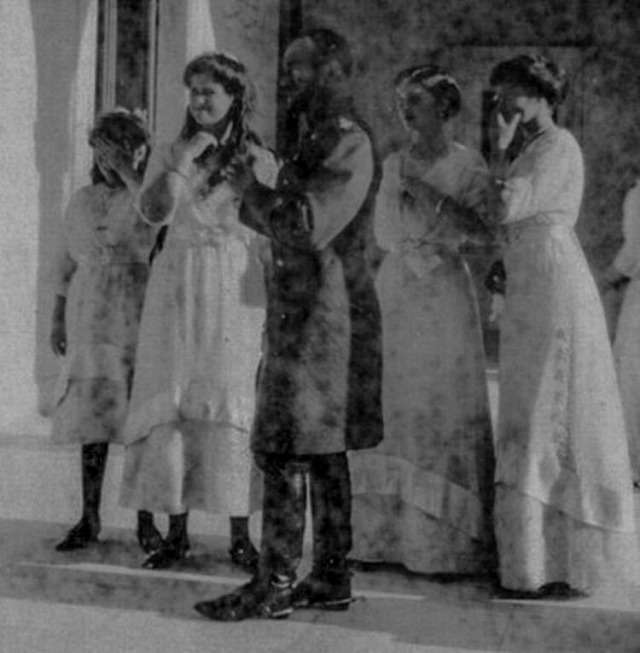
The Romanovs- Funny photos



OTMA - 1902
Edited by me.
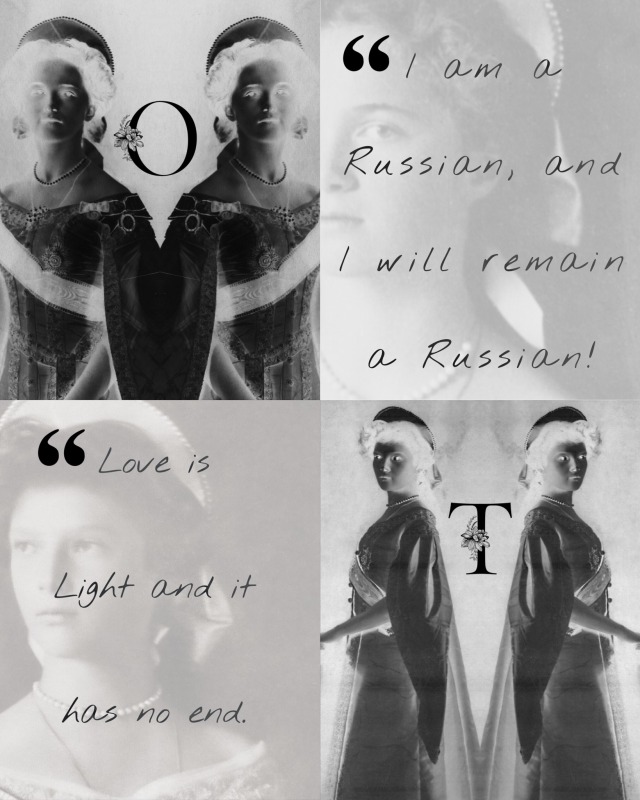


OTMA — quotes.
O ❝ I am a Russian, and I will remain a Russian!
•
T ❝ Love is Light and it has no end. Love is great suffering. It cannot eat, it cannot sleep. It is mixed with sin in equal parts. And yet it is better to love. In love one can be mistaken, and through suffering he expiates for his mistakes.
•
M ❝ Why are you not disgusted with yourselves when you use such shameful words? Do you imagine that you can woo a well-born woman with such witticisms and have her be well disposed towards you? Be refined and respectable men and then we can get along.
•
A ❝ We played on the swing, that was when I roared with laughter, the fall was so wonderful! Indeed! I told the sisters about it so many times yesterday that they got quite fed up, but I could go on telling it masses of times […] What a lovely weather we’ve had! One could simply shout with joy!
- Edited by me. If you repost give credits.
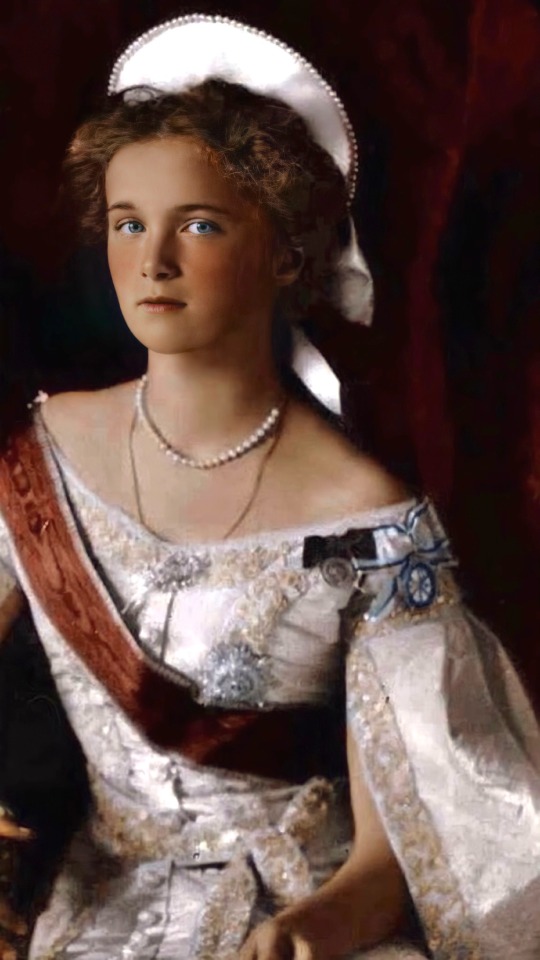

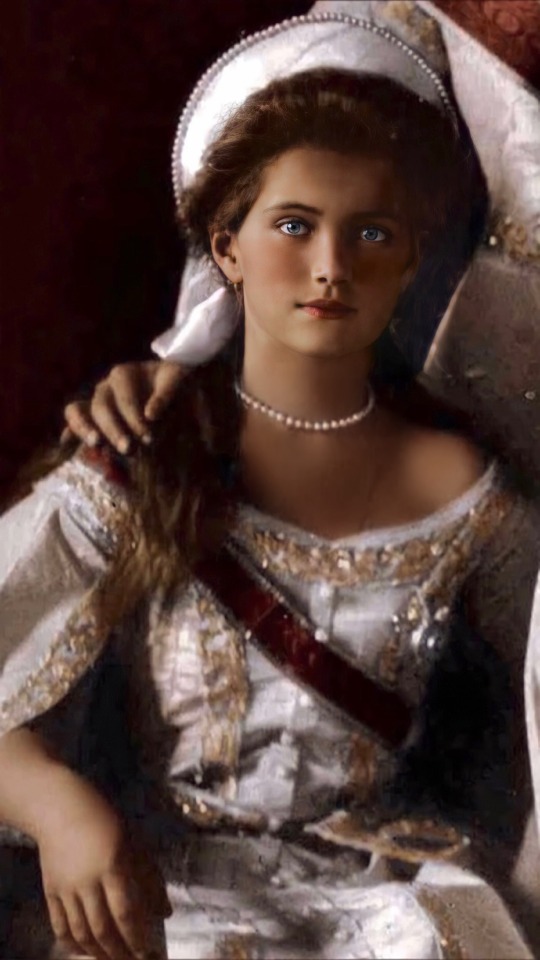
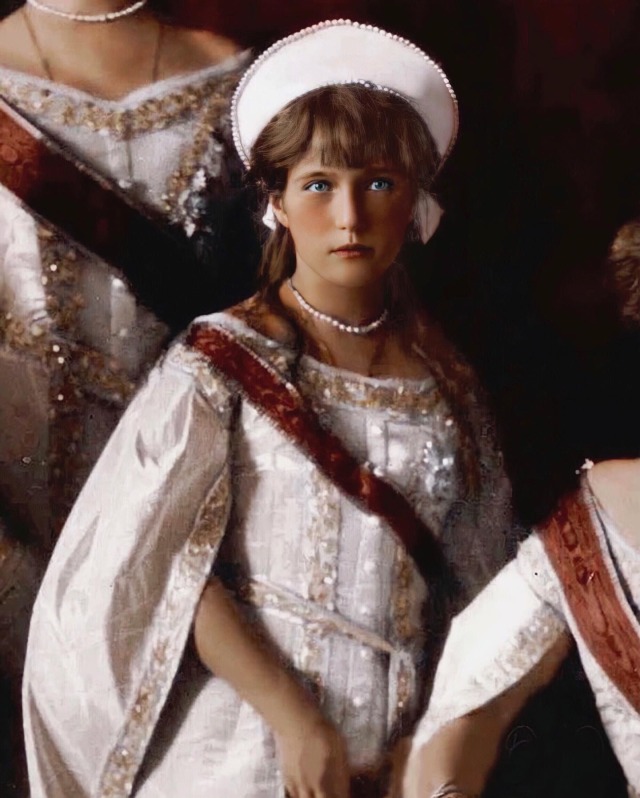
OTMA
Photos •edited• by me.
Not my colorization.





- OTMA
Strong writing pressure is characteristic of self-confident and energetic people with high efficiency. These people are very sociable and attract attention with their purposefulness and optimism.
- TMA
A slight tilt to the right is the most common tilt of the handwriting inherent in people who are calm and balanced. They are always open to communication, but also enjoy being alone for some time. They are prone to mood swings.
- O
If the handwriting is vertical, there’s a balance of rationality and emotionality at the same time. People with this kind of handwriting carefully analyze the situation and only then make decisions. The most important character trait is stubbornness.
- OTMA
Owners of large handwriting (more than 3 mm) are open, emotional and easily find a common language with people. By nature, they are leaders and the life and soul of any company. They can convince anyone that they are right.
- TA
Narrow letters - rationality and frugality.
- OMA
Rounded letters indicate kindness and compassion, as well as the ability to compromise.
- T
Sharp handwriting (when the letters look like a saw) is a sign of selfishness. A person with this type of handwriting strives for independence, does not like when he/she is told how and what to do.
- OTMA
Straight lines are typical for people who are calm and reasonable, balanced.
- O
If the upper part of the letter В or the lower part of the letters Д, З goes too high / low above / below the middle part, then this indicates overestimated ambitions.
P.S.
These assumptions cannot be considered as a full-fledged characteristic of a person. Real graphological analysis is a scrupulous study.

Maria and Anastasia.
If you repost give credits.

Maria Nikolaevna
If you repost give credits.


Maria Romanova
